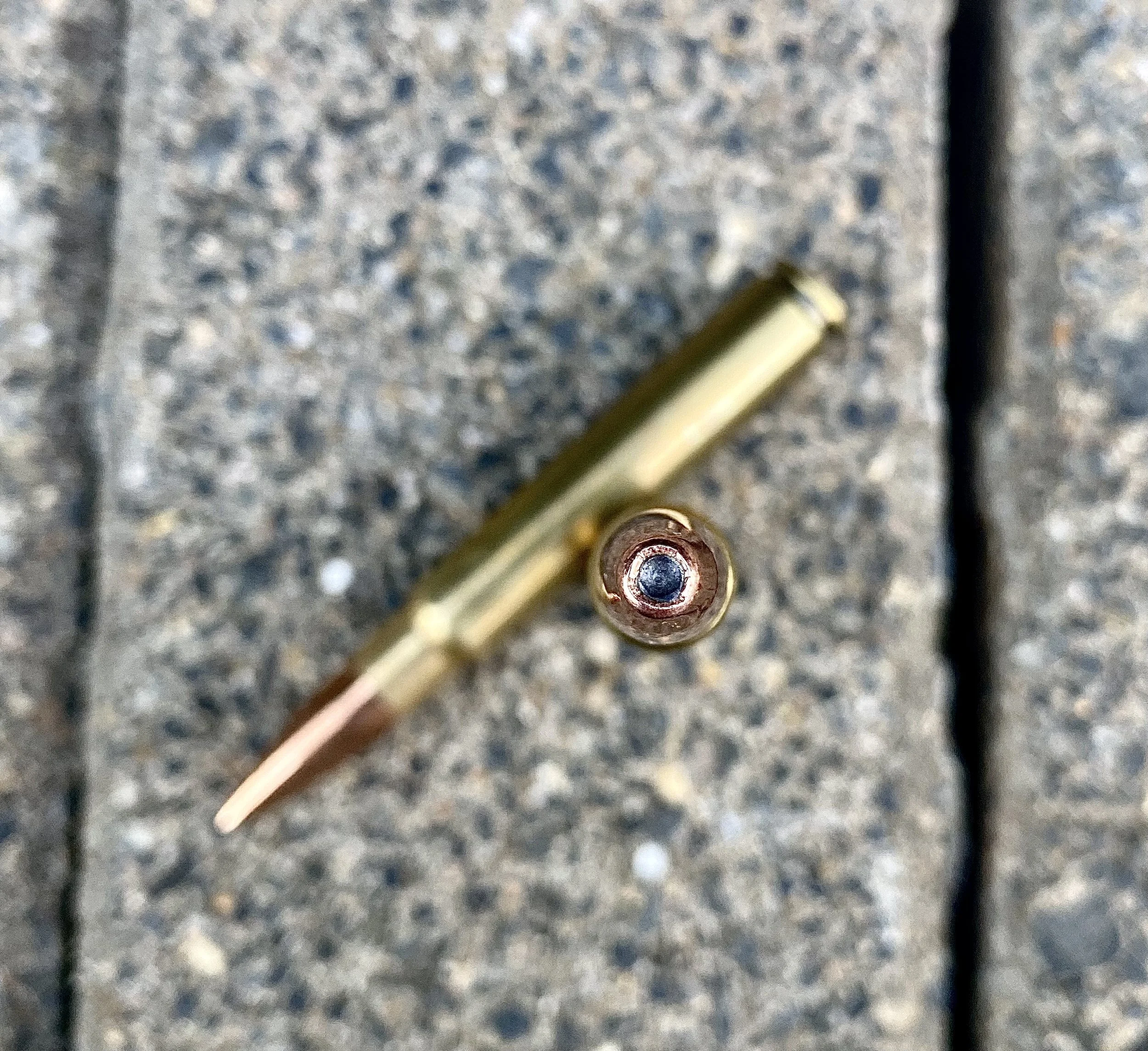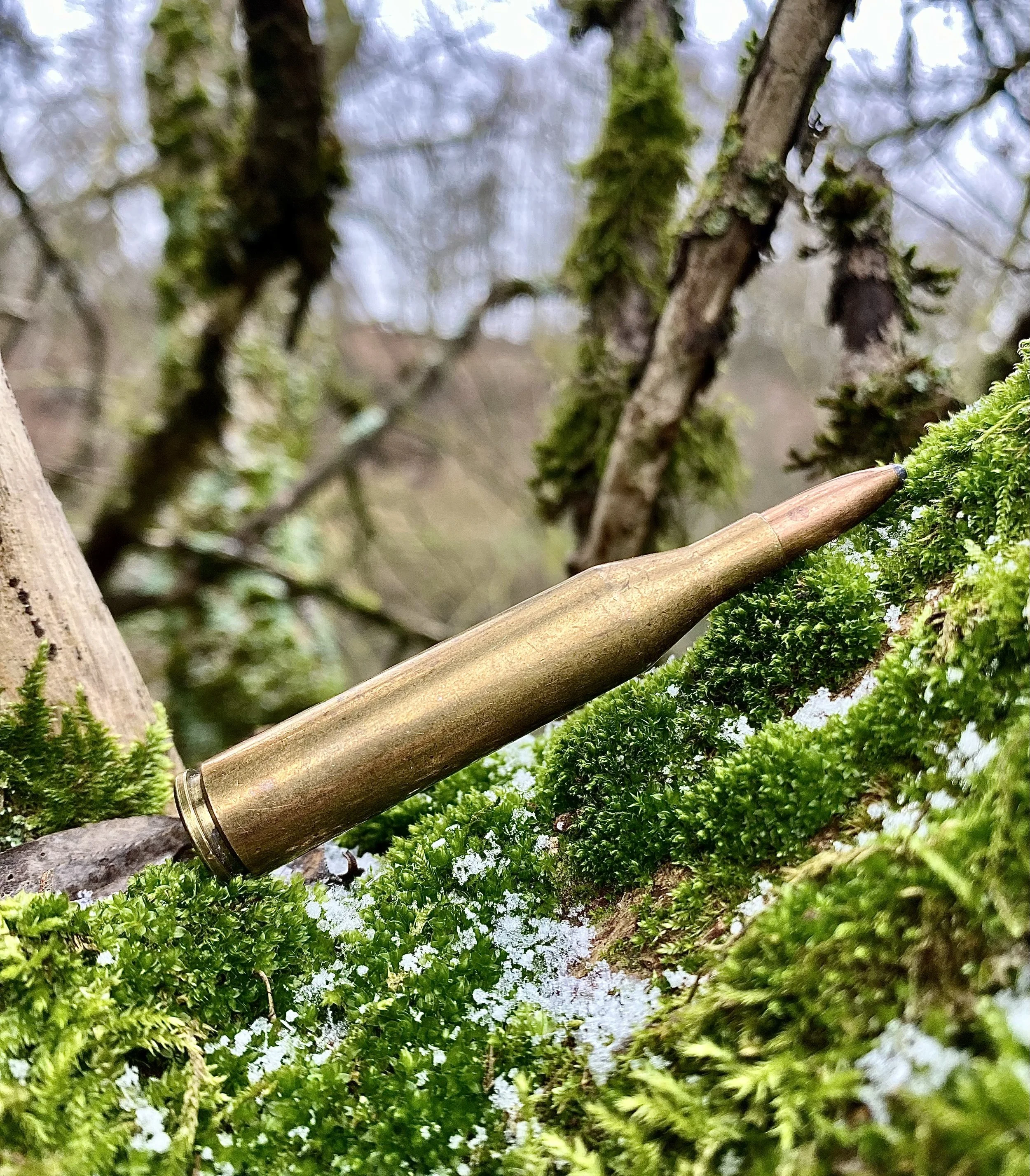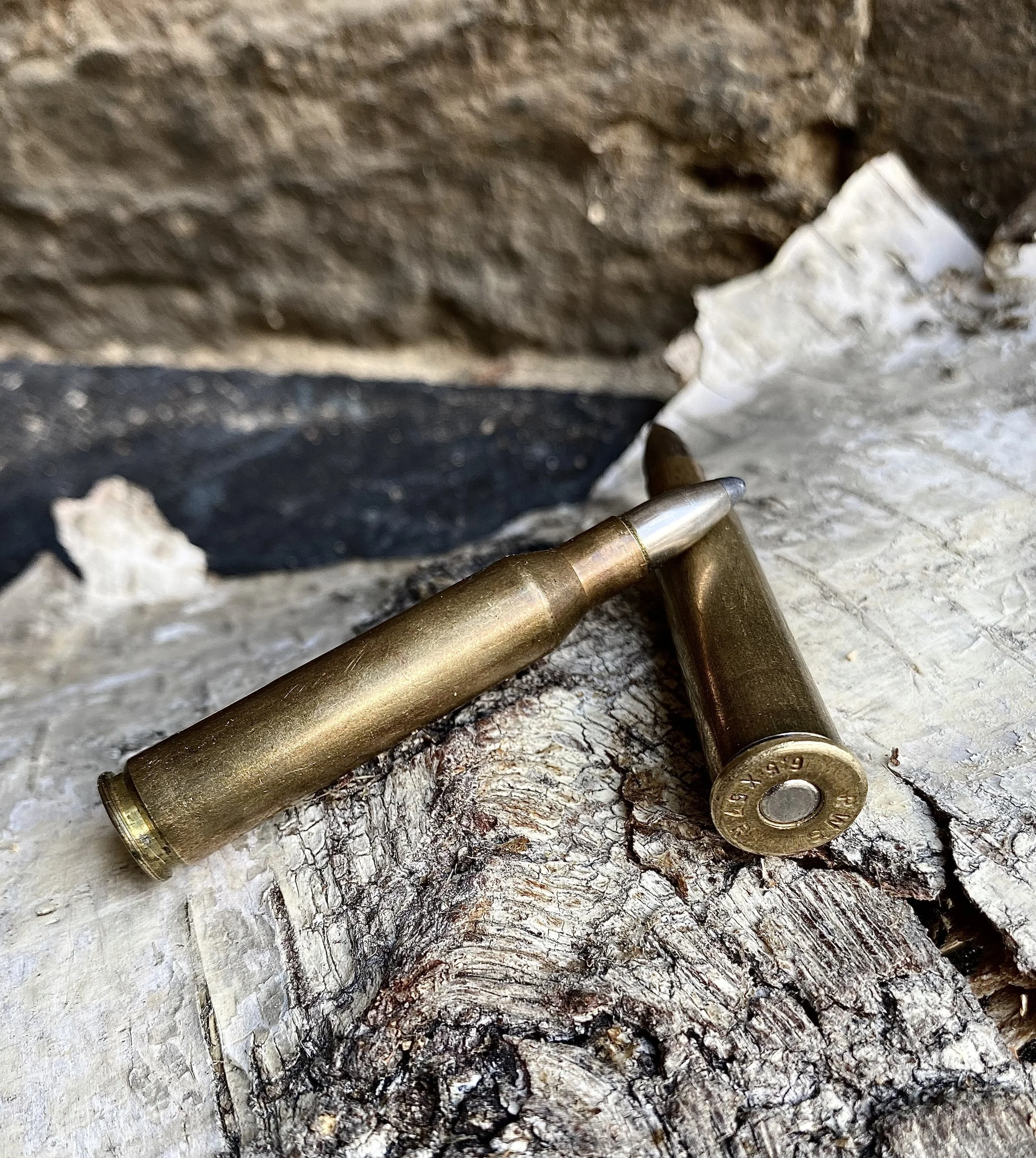Ron on American Outdoors Radio
John Kruse of American Outdoor Radio called to “talk hunting” the other day and put our
conversation on his American Outdoors Radio program. Thank you for the audio exposure,
John! You can listen to our exchange below.
Full Transcript
John: Welcome back to American Outdoors Radio. I'm John Cruise. We've got one of my favorite guests on the line. Hailing from the great state of Idaho, Ron Spomer, the outdoors writer, photographer, and television host, who's making a little bit of time for us today during this Christmas season. Ron Merry Christmas.
Ron: Hey, Merry Christmas to you, John.
John: [00:00:30] Ron, you know, I've been kind of following what you've been up to lately, and it's been quite a bit considering the fact that it's been one heck of a weird year for us. And I thought I'd just kind of catch our listeners up with some of your recent adventures. And the first one I want to share with them is one you actually went on, I believe it was last fall. You went down to a winery in California, did some wine tasting. But before you did, you actually went on a deer hunt at the winery?
Ron: Yeah. That's the place where you can have your wine and eat your venison too.
John: Wow. Tell us more.
Ron: Well, there was this unique winery over there in that Paso Robles area. I think that's how you pronounce it. And that's a family has long appreciate hunting. Grandpa hunted and dad hunted and all this. And they've got this winery in Blacktail country, and most vineyards do not allow deer. They put up high fences to keep the deer out cause they damage the lines and stuff.
John: Sure.
Ron: So you end up with a lot of country devoid of a native wildlife. Well, that didn't set well with these hunters. So they decided they would manage the population of deer on their winery so that they could tolerate the bit of damage that they did and not overdo it. Still make a living growing their grapes and such, but also keep the deer.
So it's really kind of a nice story about learning to live with wildlife and using it sustainably. So the Mossberg rifle company, a good friend of mine is a marketing person there. They had invited me and a couple of other writers to go on this winery and, uh, hunt black tailed deer. So pretty unusual habitat of course. It's line after line of, of grapevines with a little channel, you know what they look like. So your deer are all in the rows or up underneath those vines. So you walk and look down the row, glance up and down it, go to the next one. Yeah, it's kind of crazy. And then the fun thing is that you find your deer and shoot him and they of course know what the grapes are in that line.
So if you're in a Shiraz line or a Cabernet or whatever, that's the wine that you celebrate with that night at dinner.
John: Oh, that sounds like a ton of fun. Do you remember the name of the winery?
Ron: Steinbeck winery. The grapes of wrath.
John: Yes, indeed. Oh, what a fun trip. Well, let's fast forward to this fall. You took a road trip. I saw some pheasants in terms of photos on Facebook. You were in South Dakota; you were in a couple of other states, too, weren't ya?
Ron: Yeah. I try to make it my plains state annual circle tour. So I zipped into Nebraska and Browning invited me to a hunting camp. They had some new products they wanted to showcase and wow, that was fun.
And Nebraska is always a great place to deer hunt. You can have white tails or mule deer. And I had a white tail tag and we went out and looked up in the Sandhills. Most people will go to the river bottom to look for white tails, for obvious reasons. But I think most of them don't realize there are a lot of these big bucks that get way back in at the Sandhills, to hide out.
And that's where I like to go look for them. So the guide and I did that. Justin was just a great guy, really knew the country. So, we'd glass and stalk just like you would for mule deer and found a beautiful old buck. I estimated him at six and a half years old and he gross scored 162. He just had a lot of junk and tines everywhere with good mass to him. And it was just a really fun hunt and beautiful country.
John: Oh, that sounds fantastic. All right. So that's, that's Nebraska. Let's move on to Kansas. What happened there?
Ron: Well, before we get to Kansas, we're going to zip through South Dakota because that's right next door.
John: That's fair.
Ron: And the Kansas season wasn't open yet. So I went up to South Dakota to my old stomping grounds for pheasants. And I really got shortchanged for the first time in a long time. Usually by mid November, you've got snow on the ground and all the corn has been harvested and the pheasants are concentrated. Well this year they got so much summer rain there that the grasses grew huge and tall everywhere.
So you got all be CRP fields. And a lot of them are called CREP: Conservation Reserve Enhancement Program fields that you can hunt. They're privately owned, but you're free to go hunting in there. So it really makes it easy. And we stomped and walked and the pheasants laughed at us and ran around it. The dogs were pointing, the pheasant wouldn't be there.
And it was, we just couldn't round them up like we usually did. So we'd pick up, oh, three or four a day, couple of us hunting together.
John: That's tough.
Ron: Uh, and then we had, we had to get smart. I said, Brad, we've got to get smart and outsmart these birds. So what we did was, hunted in sort of a circle around an area with some dense cover in the middle. And we scared all the birds to that area and then cut through the center of that. And that's where all the roosters were. And then we got our limits that time.
John: [Ah, well, nobody will ever call you bird brain, Ron. Way to go. Way to figure that out. What part of South Dakota where are you hunting?
Ron: We were in the southeast. It's not the most famous of all the areas to hunt, but Wouth of Mitchell West of Yankton, kind of where the Missouri river makes its bend from going South more to more East, along the Nebraska border. There are just all kinds of places in South Dakota where you can do this stuff. They've got so much good public land. Their game management areas and waterfowl production areas. I always tell folks if you love to hunt pheasants and you don't like to knock on doors and try to get permission or pay a trespass fee, south Dakota has a lot of great places to do that. A bunch of public lands.
John: I would have to go back myself next year after hearing that. Folks if you're listening to American Outdoors Radio, we're talking to Ron Spomer about some of his recent exploits in the field. And we just talked about South Dakota, Nebraska. Now let's head to Kansas. Were you deer hunting again?
Ron: Yes. I went down, I took my dog down cause she was hunting with me and a friend of mine runs Standing Stone Kennels near Hutchison, Kansas. And he agreed to take Covey and fine tune her, make her really shine. She was pointing pretty nicely, about only retrieving her bird spot halfway and spitting them out. You know, the kind of typical dog stuff you often get. And he said, man, we can fix that. So I said, here, here's your challenge. Teach an old dog new tricks. She's not that old, two and a half. But she's really coming into her own. And I thought, I don't want to waste this dog's potential. I'm not the world's greatest dog trainer. And I've always wanted a perfectly trained dog. So he is going to do that. And he's going to produce videos that showcase how he's progressing with her. I'm really looking forward to the whole thing.
Standing Stone Kennels. If you want to look him up. Google it. He's really done great work with his German Shorthairs. So we'll see what he can do with the setter.
John: Okay. So was the Kansas trip just about dropping off the dog or was there more to it than that?
Ron: Nope. Uh, mainly it was about the deer hunt. So after I dropped the dog off, I went to my buddy's place and prepared for the deer hunt. And that was also on public land, believe it or not. Kansas does not have much, but they've got some walk-in areas. And if you're persistent and have pretty good endurance, you can just check those places out. Do a lot of glassing, a lot of walking. Some of it's not very good deer habitat, but some of it can be. But if you put in the time, you can often find a pretty good buck.
Now last year, I got a really good, heavy buck out of there that I was pretty tickled with. This year I was a little worn down from all the [inaudible] stopping cause we'd been doing seven to 10 miles a day on those. I just didn't feel like walking that many miles every day for deer. So I shortened it up to about five or six miles a day down there in Kansas.
And on the second day, I had a really good run in with a buck. I saw him at a long distance coming into a draw and I headed over there. And then I caught him coming back out of that draw, but he wouldn't expose his body. I could just see antlers moving through the grass. So I paralleled him hoping he'd step up. And he didn't and then he disappeared and it occurred to me that he may have just bedded. Used by some little bushes and stuff. So I sat down and I grunted at him. And here he came walking right up to me. Head up, you know, just ears forward. He was looking and I let him come to 35 yards and then I took him.
John: Oh my. Were you hunting with a bow? Oh my gosh.
Ron: No. Yeah, I had enough gun, as they say. A seven millimeter Remington magnum. I was all ready for this long shot across the plains and the open fields in Kansas and here I grunt him in within 35 yards.
John: Oh, incredible. Didn't even get to talk about what's going on on the home front night. We'll have to save that for another time because we are out of time.
But folks, if you want to find out more about what Ron Spomer is up to, go to his website. You'll see. Find it at ronspomer - that's S P O M E R - outdoors.com. ronspomeroutdoors.com. Not only will you find articles there and some videos, but you've got a podcast too, which I'm going to start calling story time with Ron, because it's a little bit different podcast.
Ron: Yeah, it sure is. I read old magazine articles from way back. I just dig through the old boxes here and find something that I wrote back in the eighties, or even in the seventies and nineties, and then read it. And then we'll talk about it a little bit afterwards and just say, my wife will jump in a lot of times and say, man, I remember those days. or gosh, can you believe how things have changed since then?
John: It's ronspomeroutdoors.com. Check out his podcast and keep up on one of the most iconic outdoors communicators here in North America. Ron, always a pleasure. Wishing you a Merry Christmas and a happy new year, sir.
Ron: Oh, the pleasure is mine, John. And the same to you.
John: By the way this portion of the show is brought to you by our friends at Work Sharp. They're the ones that make those fantastic knife and tool sharpeners that you can use in the kitchen. You can use in the field, or you can use in the shop And, if you want one heck of a deal, I've got one for you. Go to worksharptools.com, go shopping online. And when you check out, use the coupon code radio, because once you type in radio as a coupon code, you will instantly get 30% off your entire order. Plus free shipping. I told you it was a deal. The code again is radio. And the website to shop at is worksharptools.com for Work Sharp.
John and his son David produce The American Outdoors Radio show every week. It airs on
dozens of radio stations across the country and can also be downloaded from various
podcatchers. Check it out!











